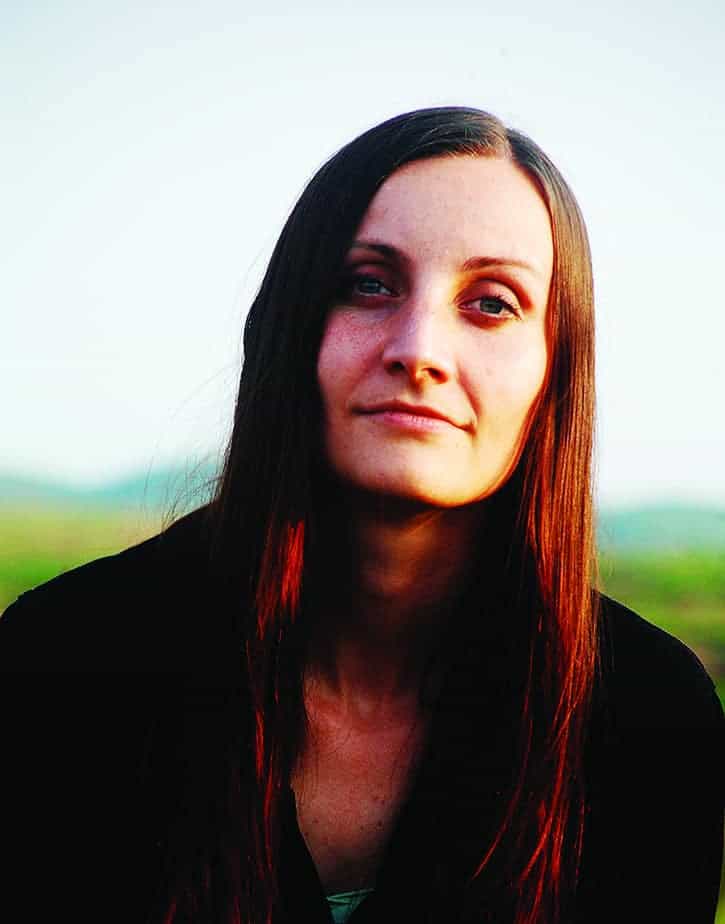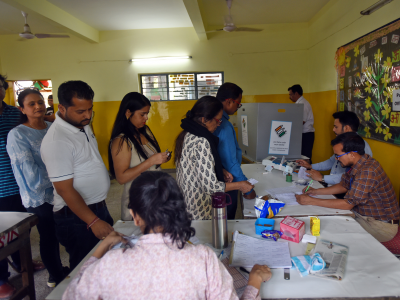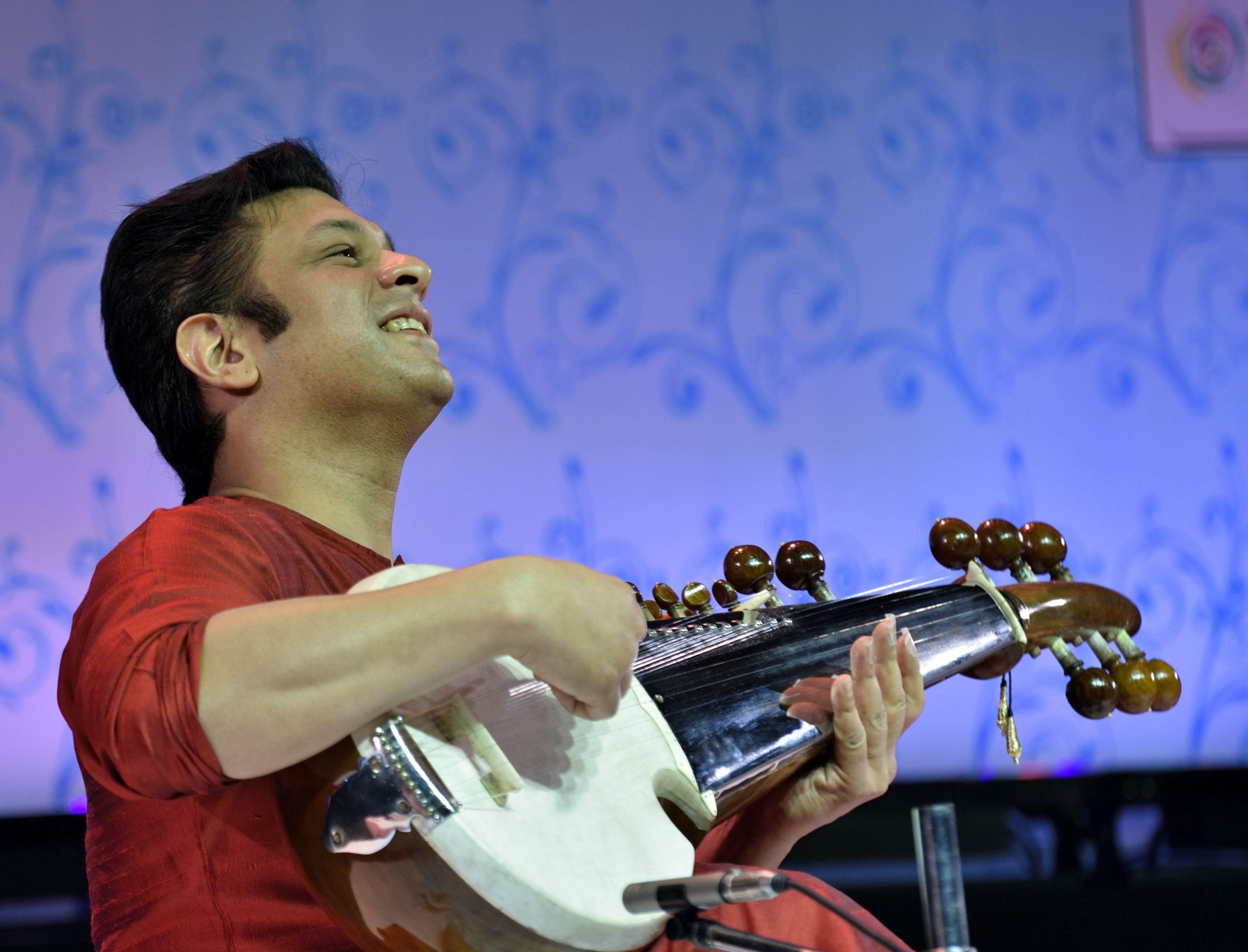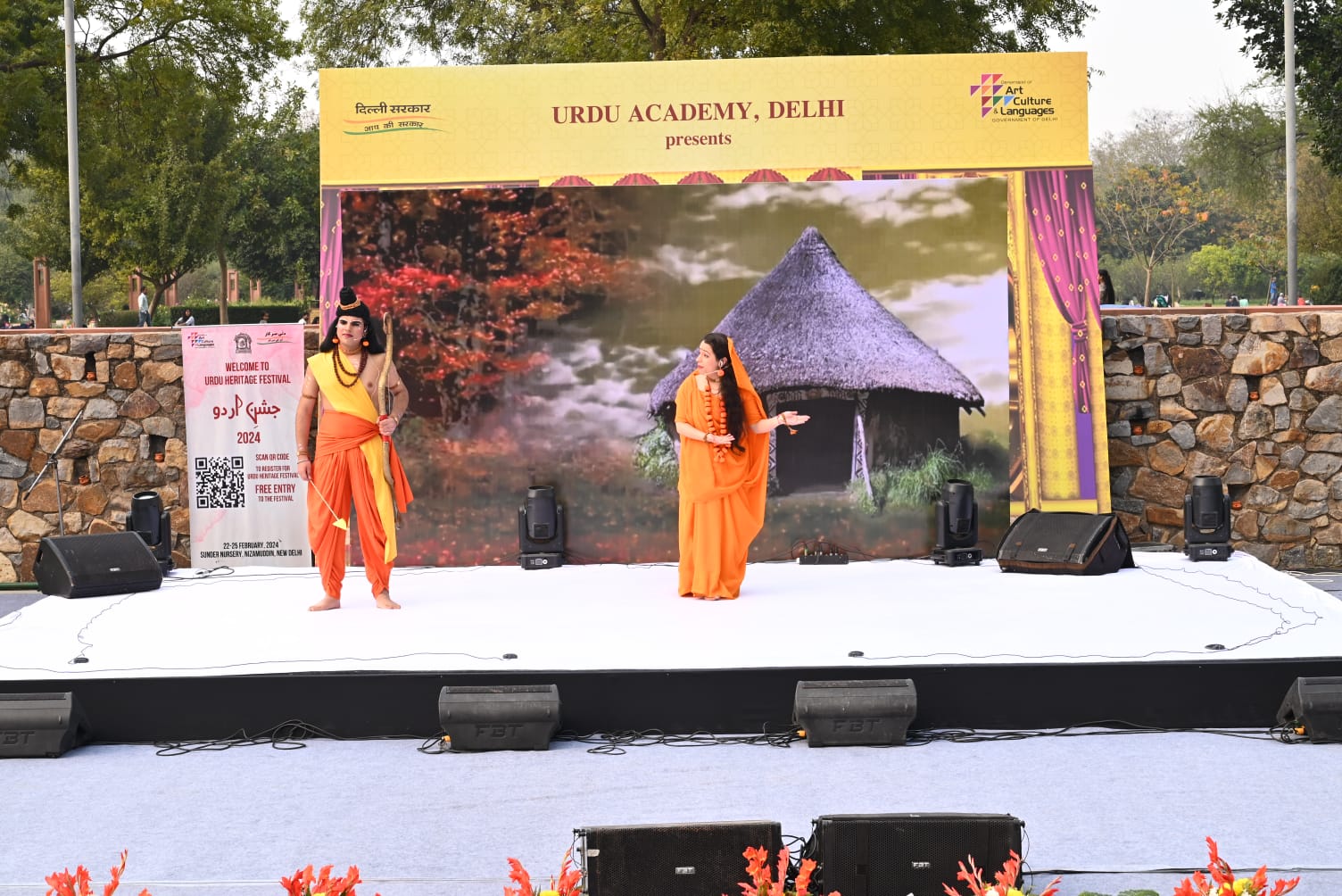She came for an internship, stayed for a Master’s and is now a part of the art scene in Delhi. For Jana Bednarova, the love affair with India continues
Like most foreigners, Slovak painter Jana Bednarova wanted to visit India because she was fascinated with the exotic stories she heard from friends. Never did she imagine that she would end up studying in India and start an organisation for the promotion of art here. And that she would be the curator of an exhibition of paintings in Delhi’s India International Centre.
After completing her Bachelor’s from the faculty of fine arts in the Czech Republic, Jana wanted to do an internship in a country far away from Europe. Captivated with the stories and photographs of spirituality and diversity from her traveller friends, she always wondered what was behind the smile of common Indian people. “Unlike Slovakia, where people who are struggling economically are extremely unhappy, there is a certain happiness and positivity among Indians even as they deal with poverty,” Jana says.
Since her country did not have any big communities of Indians, she did not know much about Indians. Wanting to learn more about the culture, tradition and the reason behind those smiles, she started looking for some internships in India. Eventually, she applied for the ICCR scholarship and decided to do her Master’s from Maharaja Sayjirao University of Baroda in 2012.
Recalling how out of place she felt in the initial days in India, she thought she would never fit in. Jana recounts an incident that happened within her first few days in Baroda. To travel to college every day, she decided to buy a bicycle. However, in the process she went through quite some harassment. “Each shopkeeper greeted me with ‘hello baby’ or such other offensive words that they had picked up. A person offered to help me, but I shooed him away, feeling highly insecure at that moment,” she recalls.
She also noticed that people around her were trying to be different and putting on a fake accent and all of this left her feeling hesitant about staying on in India. However, she decided to continue in the university because of the good mentorship of her professors. Later on, she realised that she will probably always stick out and she decided to take all the attention with a smile. “It was a never a question of being unwelcome, I was rather
over-welcomed,” she adds, laughing.
Soon Jana learned to adapt to the ways of this country. With a huge difference in the cuisines of the two countries, began to adjust to eating food rich in spices. So much so, that when she went back to Slovakia in the vacations she couldn’t get the taste of the food at home. Not having any chillies in the kitchen, her mother had to manage with some chillies that were a part of a decoration piece at home!
Jana thought that her journey in India would end with the completion of her Master’s degree, yet fate had something else in store for her. During her studies in the Czech Republic she went for an internship in the region of Bilbao in Spain, where she became intrigued with old visual tribal art forms. Much later, she noticed some girls in her college in India wearing garments which had traditional tribal embroidery similar to Slovakia’s. On asking, she learnt they were from North East India, a place she had never heard of or read about. “It’s always just about Rajasthan, Taj Mahal and Goa to foreigners,” says Jana. It was this interest in traditional handlooms and visual folklore forms that that took her to Meghalaya. After that, there was no looking back.
After 2014, she decided to explore the art and culture of Meghalaya where she got in touch with Alakesh Dutta, a folk vocalist from Assam. Together they formed ‘Picasso Pupils’ a platform that aims to use art as a language to build a bridge among diverse cultures. They started conducting workshops and art programmes in several schools in the North East. Following this, they contacted the principal of Shillong Public School for a workshop, who further supported them to start an international artist programme.
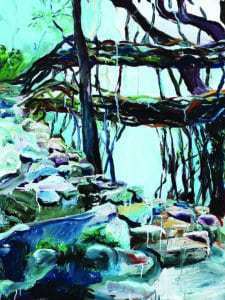
The programme ‘Artists’ Point’ is hosted by Shillong Public School in collaboration with Department of Arts and Culture, Meghalaya government and the embassy of the Slovak Republic in Delhi. Starting from 2016, several artists — mostly from European countries — come down to Meghalaya for a month to be a part of the residency programme and meet other artists from the region. These artworks are now being showcased at the exhibition ‘Abode of Clouds’ in IIC till June 18, which reflect the spirit and essence of Meghalaya through the eyes of the artists.
Always intrigued by the notion of spirituality in India, Jana visited Kamma-khya temple in Assam. She was completely taken aback on learning about tantra, the practice of black magic at graveyards.
“What is practised in Europe is neo-tantra which was introduced by Osho, (Rajneesh, the late controversial mystic leader). I realised that the so- called ‘Indian spirituality’ being practised in Europe has nothing to do with spirituality in India,” she explains. According to her, people outside the country believe that through a meditation course of two weeks, one can become a tantric. She wants people to understand that it is not something one can learn by reading or attending a few sessions.
Travelling back and forth between Slovakia and India, she now considers Meghalaya as much of a home as Slovakia. The climate and food pose no problem at all. She has also picked up some Assamese; in any case, language is no longer a problem as most people understand English. Jana adds that the positivity of India’s people has helped her adjust and has also taught her patience.
Jana doesn’t believe in planning anything in life. Always doing things spontaneously, she hasn’t planned anything for the future. Yet she hopes to get the opportunity to continue her work from Meghalaya as well as explore other states of the country.

